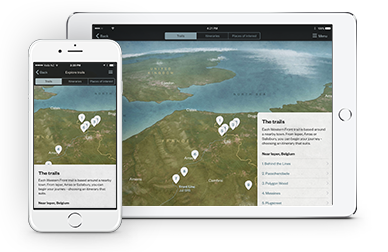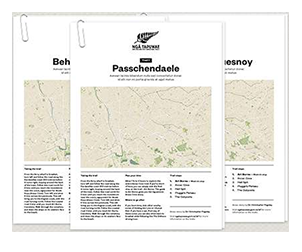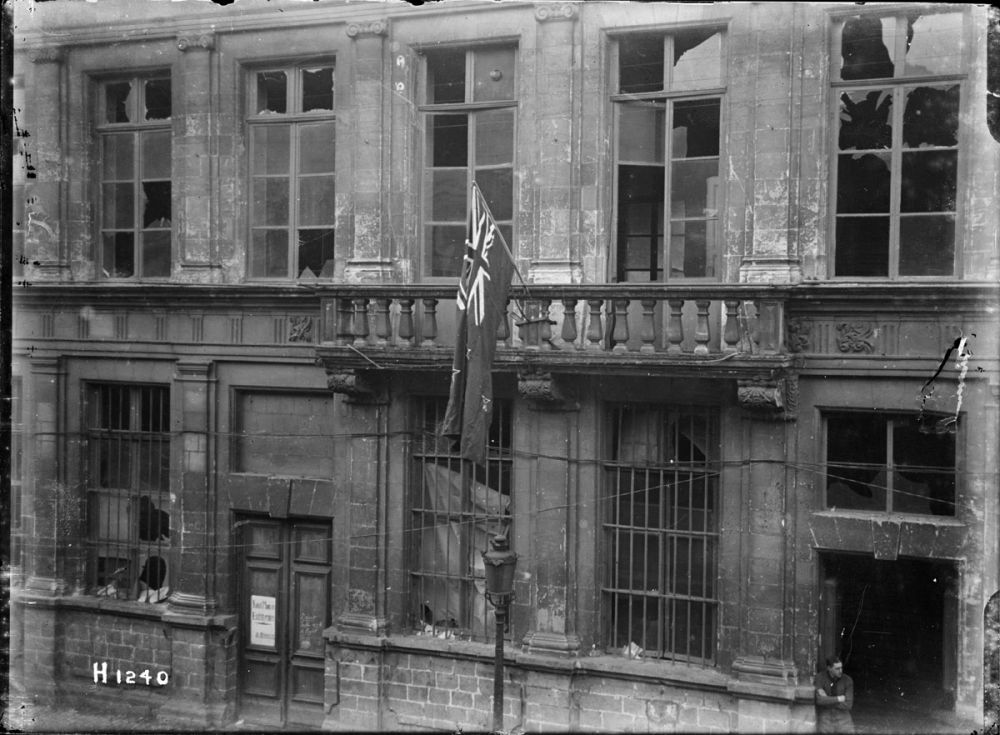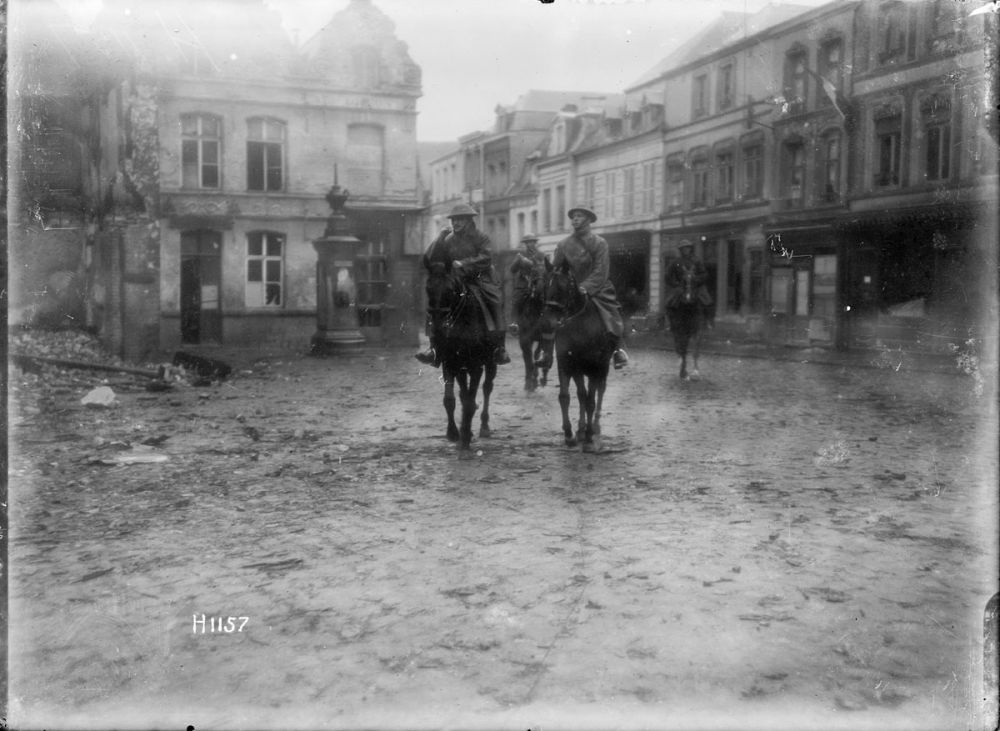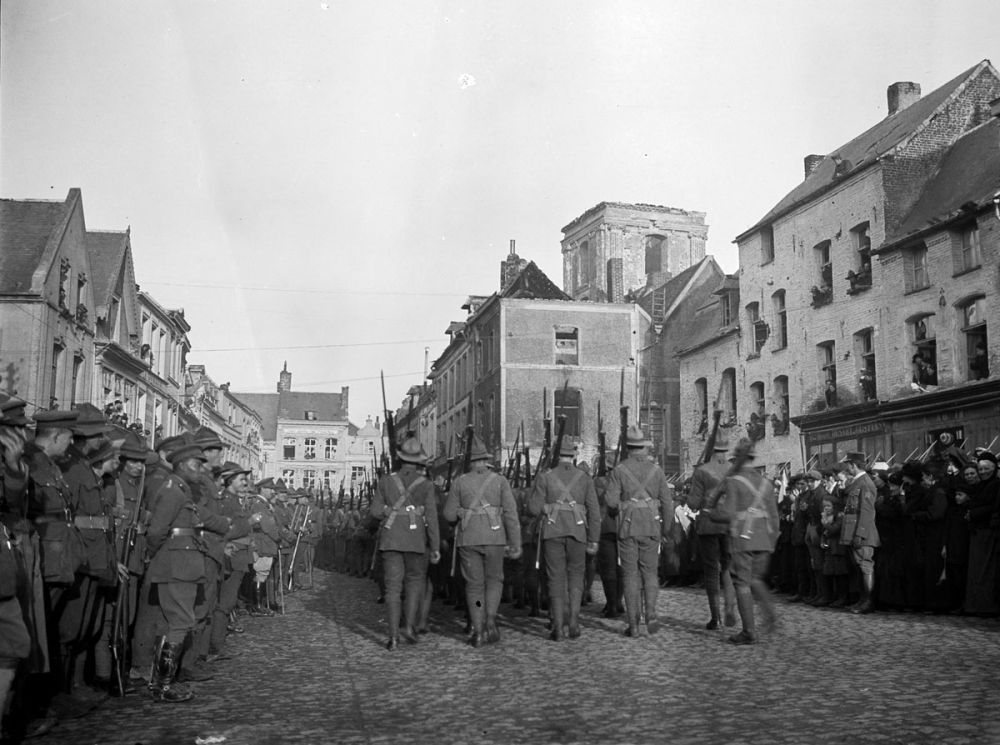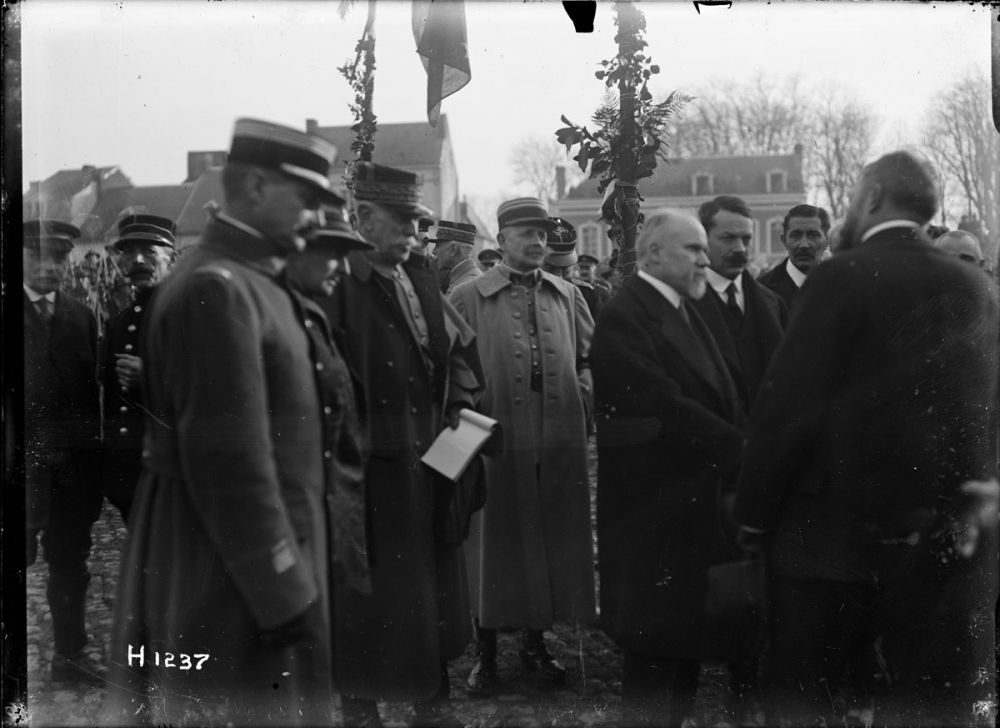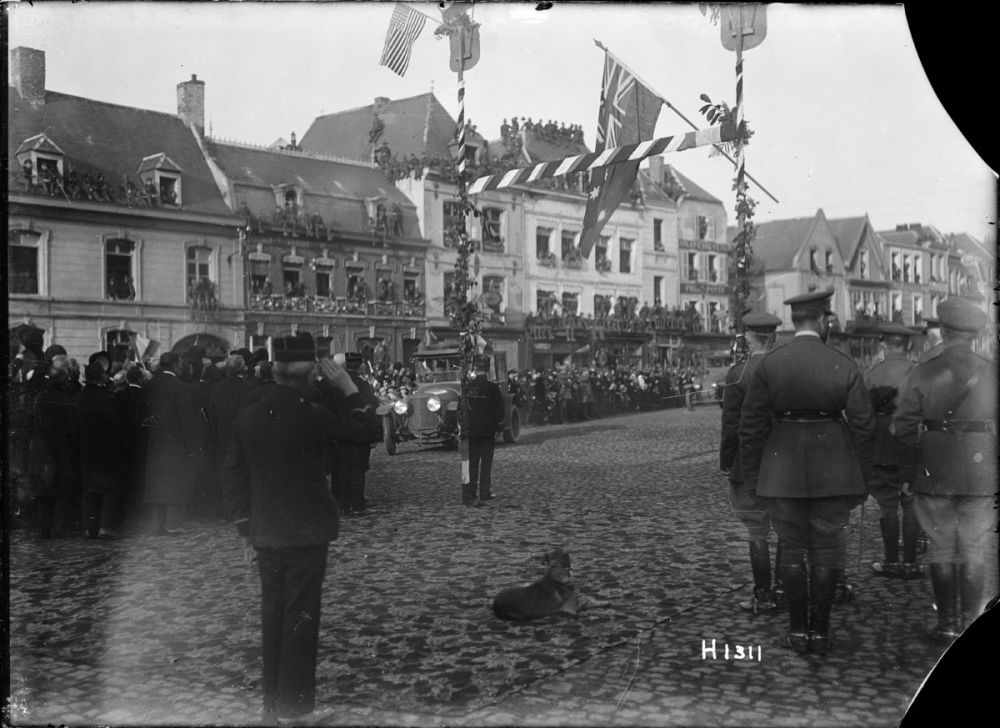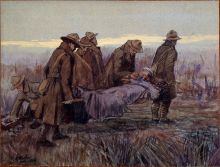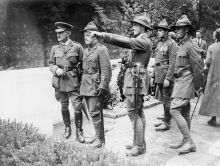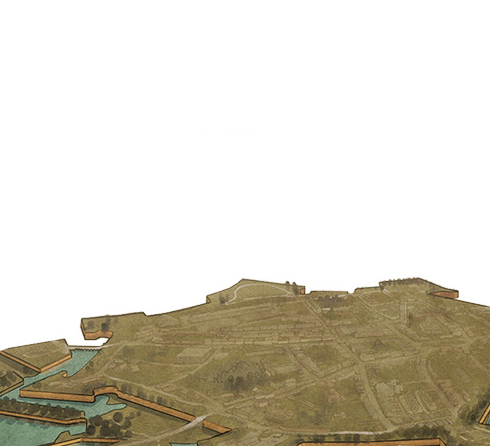Town Square
On 5 November, the New Zealand Division was relieved by a British Division - and there was a parade here in Le Quesnoy. Flags were presented to the town and the town presented a standard to the New Zealand Division. Marshal Petain and Prime Minister George Clemenceau attended and they were part of the grand parade through the town itself. The New Zealanders then withdrew back to Solesmes.
Six days later, word came through about the armistice and the men could barely comprehend that the war was finally over. They also found out - and they weren’t particularly happy about it, that as an honour, New Zealand would be tasked with being part of the occupation army in Germany. They were to occupy key bridgeheads across the Rhine to emphasis to Germany that they had lost the war.
The New Zealand Division was to be based in Cologne, and so leading up to Christmas 1918 - it trekked through Belgium, into Luxembourg and then Cologne. In Cologne, there was supposed to be no fraternisation, but the New Zealanders made themselves at home. The demobilisation of the division began. Men were sent back to New Zealand according to when they enlisted. The only two groups that went back as complete units were the Māori Pioneer Battalion and the Tunnelling Company.
The record of New Zealand achievement is best seen by following the road to the place of their last great success - Le Quesnoy. It’s important to recognise what a brilliant division it was. It was a citizen army, honed by trial and error under an outstanding divisional commander, Major-General Sir Andrew Russell, he forged it into one of the most outstanding divisions in the British armies of the First World War.
